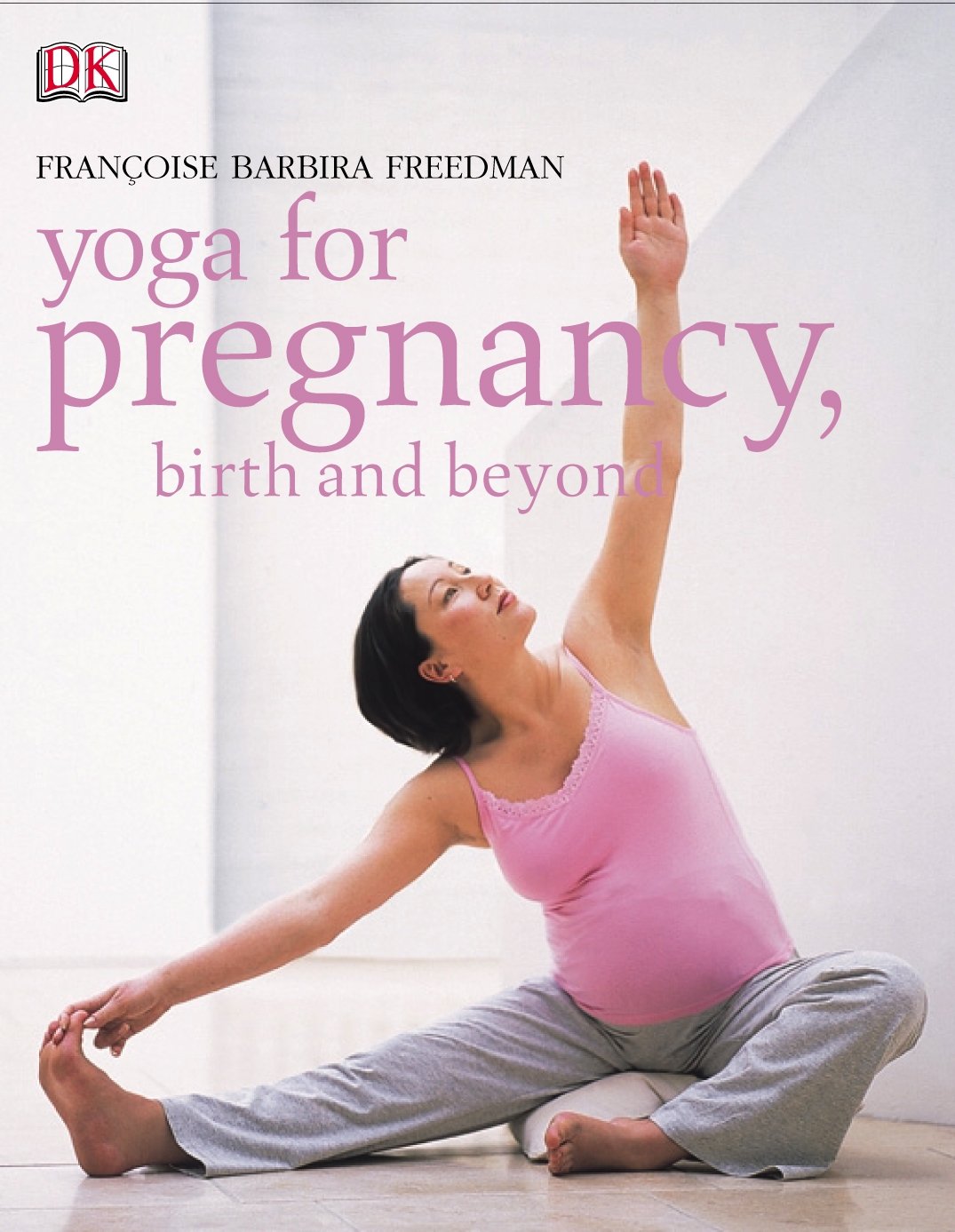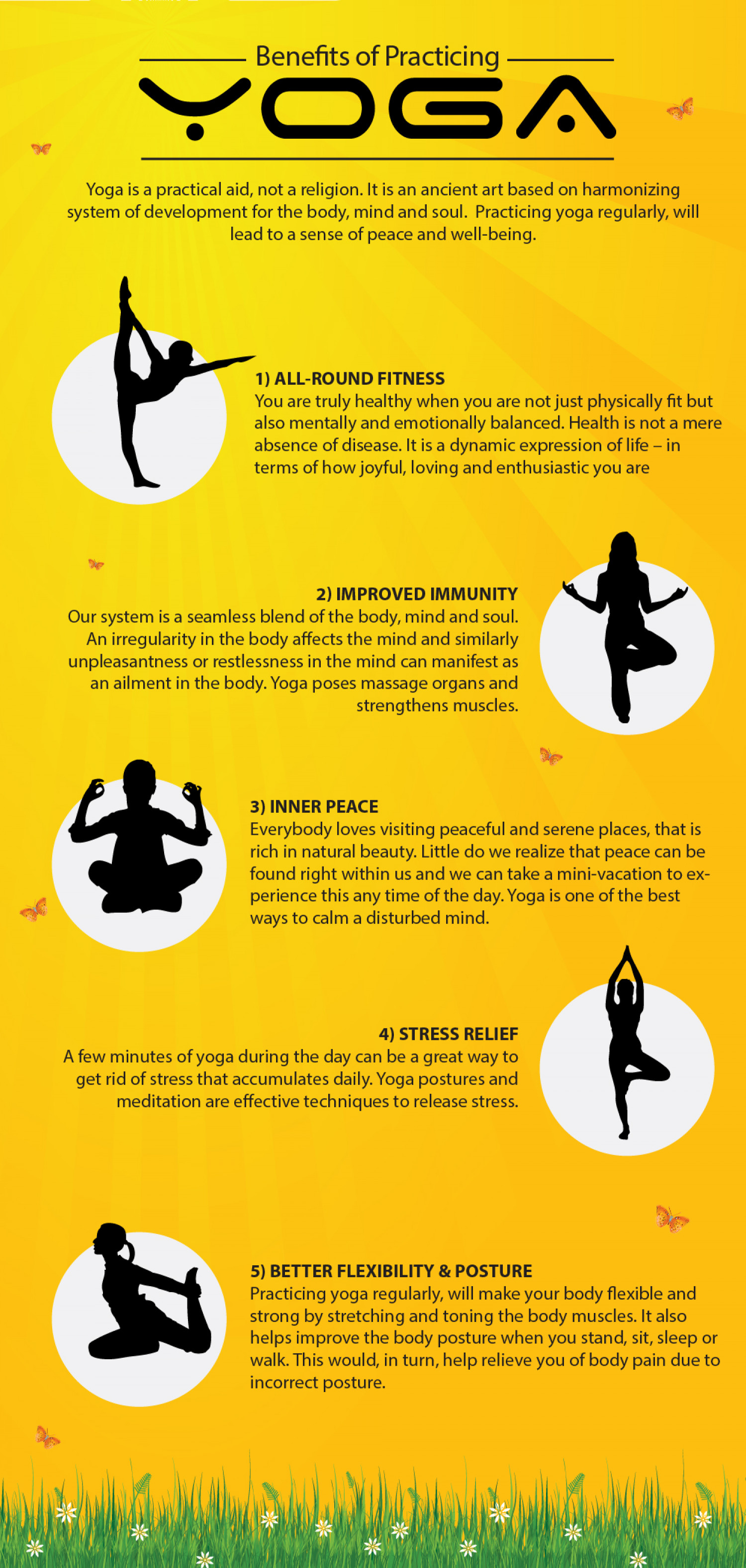
Yoga's restorative positions have many health benefits. They can improve blood circulation, strengthen bones, muscles, and nerve function. It can also reduce stress levels and increase feelings of well being. These poses are ideal for people with achy backs, necks, and shoulders. Below are examples of various restorative poses. These poses can be tried at home, or you may seek out the guidance of a certified yoga instructor.
The first position is called savasana. The first position involves folding the body in half and placing the feet and hands on the floor. The back must be straight. The chest should reach the knees. The head should be in line with the spine. The goal is to withdraw into your senses, and as the fascia loosens, the muscles relax. After three to five breaths, your body begins to relax and you feel calm.
The shoulder relaxation pose involves drawing the shoulder blades together. The palms are facing forward, while the torso and torso are held in place by soft elbows. The torso is elevated by the blankets, which are also used to support the head. Once you've mastered the pose, you can gradually increase the length of the pose. As an additional support option, pillows or blocks can be used. For beginners, it is recommended to practice for five- to ten minutes.

Props are another option for restorative poses. They create the ideal environment for your body to relax and open. You can also use a bolster under your pelvis for support. Some poses need pillows or blankets in order to be more comfortable. These restorative positions allow you to open your mind and meditate. This yoga style is ideal for those who have back problems or chronic pain. This practice is also great for people with joint problems, so you'll find it beneficial in your life.
Some of the restorative poses in yoga may be the best way to relieve stress and promote better sleep. Props can be used to help you hold the pose as long as you can. You may find it difficult to hold certain poses due to the weight of the props. For beginners, you might try restorative Yoga to help slow down and relax.
Restorative yoga poses encourage you to fully relax. You'll feel supported and relaxed in the poses. These poses are not only good for sleeping, but they also have a positive effect on your nervous system. You can get the benefits of restorative Yoga anytime you want by using props. These poses can easily be performed at any hour, day or night. They also promote relaxation. A bolster can be used for many purposes, including seated.
Yoga can be practiced anywhere, even without props. The primary purpose of these poses is to restore the physical body. Restorative postures are meant to balance the nervous system and calm the mind. Focusing on the breath will allow you to relax, feel connected, and focus on your feelings. It has many benefits.

Apart from using props in restorative, you should also be aware of the many benefits of restorative postures. These poses can make you feel more relaxed after a hard day at work. You may want to try them out in a gym. These poses are great for relaxation and stress relief, but they are not intended to be used as a meditation tool. Instead, these poses are for healing and improving overall well being.
To increase your warmth and weight, you can also buy bolsters. Mexican blankets have become a favorite prop for yoga studios. For restorative yoga, cork or wooden blocks are great. Boosters can be described as large pillows with stiffening. You can have them in any shape you like, including rectangular or round. Make sure you stretch your muscles and joints when you practice these poses.
FAQ
What's a good routine for a daily workout?
To stay fit, you need to exercise regularly. It doesn't make a difference what kind of activity you choose. As long as you do it often, it will be beneficial. Consistency and consistency are the keys to success. It is important to stay consistent in order to get results.
Start by doing small amounts of daily physical activity (like walking). Then gradually increase the time spent exercising until you spend 30 minutes a day working out. You can do this running, swimming weight training, yoga or aerobics classes.
Try to get active every day. You should not miss any sessions unless there is a good reason.
When exercising outside, make sure you have the right clothing and shoes. You also need to consider the weather conditions and whether they affect your ability to exercise safely.
When you exercise, drink plenty of fluids. Drinking alcohol during exercise can cause dehydration. Avoid caffeinated drinks, such as coffee, tea and cola. They may give you energy, but they will also dehydrate you.
It's common to feel tired after your first workout. But if your workouts are continued, you will feel more energetic.
What is a good 7-day workout schedule?
A seven-day exercise program should consist of three days per week of cardiovascular training (running, biking, swimming), two strength exercises (using free weights, weight machines), and one flexibility/core workout (yoga, Pilates). Each activity should be performed at least once each week. Each session should not last more than 45 minutes.
Cardiovascular Exercise: Running, Biking, Swimming
It is important to complete at least 60 minutes of cardio per week. You can aim for 75 minutes a week for best results. Cardio exercise can stimulate blood flow and increase muscle growth.
Strength Training
Cardio exercises target your heart and lungs. Strengthening your muscles and bones is the opposite. Strength training increases lean muscle mass and helps to burn calories even at rest.
Flexibility & Core Workouts
You can strengthen your entire body by strengthening flexibility and core exercises. Both yoga as well as Pilates are great choices.
Is Cardio Better Than Strength Training?
Both are equally effective. If you want to increase muscle mass faster, cardio is the better option.
Cardio burns more calories in a minute than strength training and more fat.
Strength training helps build muscle mass. But it takes longer than cardio to accomplish this goal.
How often should I exercise each week?
It depends on how much time you have available and what type of exercise you prefer. The general rule of thumb is to exercise aerobically 3 - 5 days per week. It is important not to overdo it. It is crucial to exercise regularly in order to reap the full benefits of your workouts.
Which exercises are most effective for me?
It really depends on the type of fitness goal you have. Some people concentrate on endurance activities such running, cycling, swimming. Others love lifting weights or using resistance bars. There are many types and styles of exercise available today. You can choose the one that best suits you.
Statistics
- Get free shipping and 25% off today. (healthline.com)
- 10 pounds in a month is likely during a lean bulking phase, especially for beginners. (muscleandstrength.com)
- By John Thompson Take a whopping 38% off a set of PowerBlock Pros. (menshealth.com)
- Candidates and applicants must pass all four tests at 70% (minimum level) to graduate from Basic Deputy U.S. Marshal (BDUSM) Training. (usmarshals.gov)
- According to the American Academy of Dermatology (AAD), men over 50 are at a heightened risk of developing it. (healthline.com)
External Links
How To
How to Eat Well For Men?
Choose to eat small meals instead of three large meals per day. You will spend less time consuming food and your stomach. You'll be less likely to overeat later.
Avoid snacking prior to bed. Snacking late at night causes you to wake up hungry and overeat the following day.
Instead, have a light snack an hour or two before sleep.
Avoid "snack attacks," which are when you reach for something to eat at any moment you feel hungry. This is especially dangerous if you're already overweight.
Be sure to balance your meals. You can skip breakfast, but don't overdo it for lunch or dinner.
Reduce your calorie intake if you are having difficulty losing weight.
Reduce your intake of alcohol, nicotine, and caffeine. Both can influence how your body processes nutrients.
Get enough sleep. Sleep deprivation makes people crave junk food.
Exercise regularly. Regular exercise can improve your mood and boost energy levels. It also burns more calories.
Take care of yourself emotionally. Overeating and weight gain can be caused by stress.
Learn how to relax. Meditation and yoga are great ways to relieve stress and anxiety.
Keep track of all the food you eat. Notify your family about everything you eat.
Supplements are important! Most men don't take enough vitamins and minerals to stay healthy.
Every day, take a multivitamin. Multivitamins can be used to prevent deficiencies in key vitamins, minerals and other nutrients.
Consider taking a vitamin C supplement. It can help prevent scurvy, strengthen your immune system, and keep you healthy.
Include zinc in your daily diet. Impotence can result from zinc deficiency.
Get enough water. Keep your fluid intake above 1.5 liters (about 4 cups) daily.
Limit salt. Limit sodium intake.
Trans fats should be avoided. Trans fat has been linked to higher obesity, diabetes, and heart disease rates.
Best male enhancement pills 2018 - Best Male Enhancement Pills Review
There are many male enhancement products on the market today. While some work well, others are not as effective. This article will help you find the best male enhancement drugs that actually work.